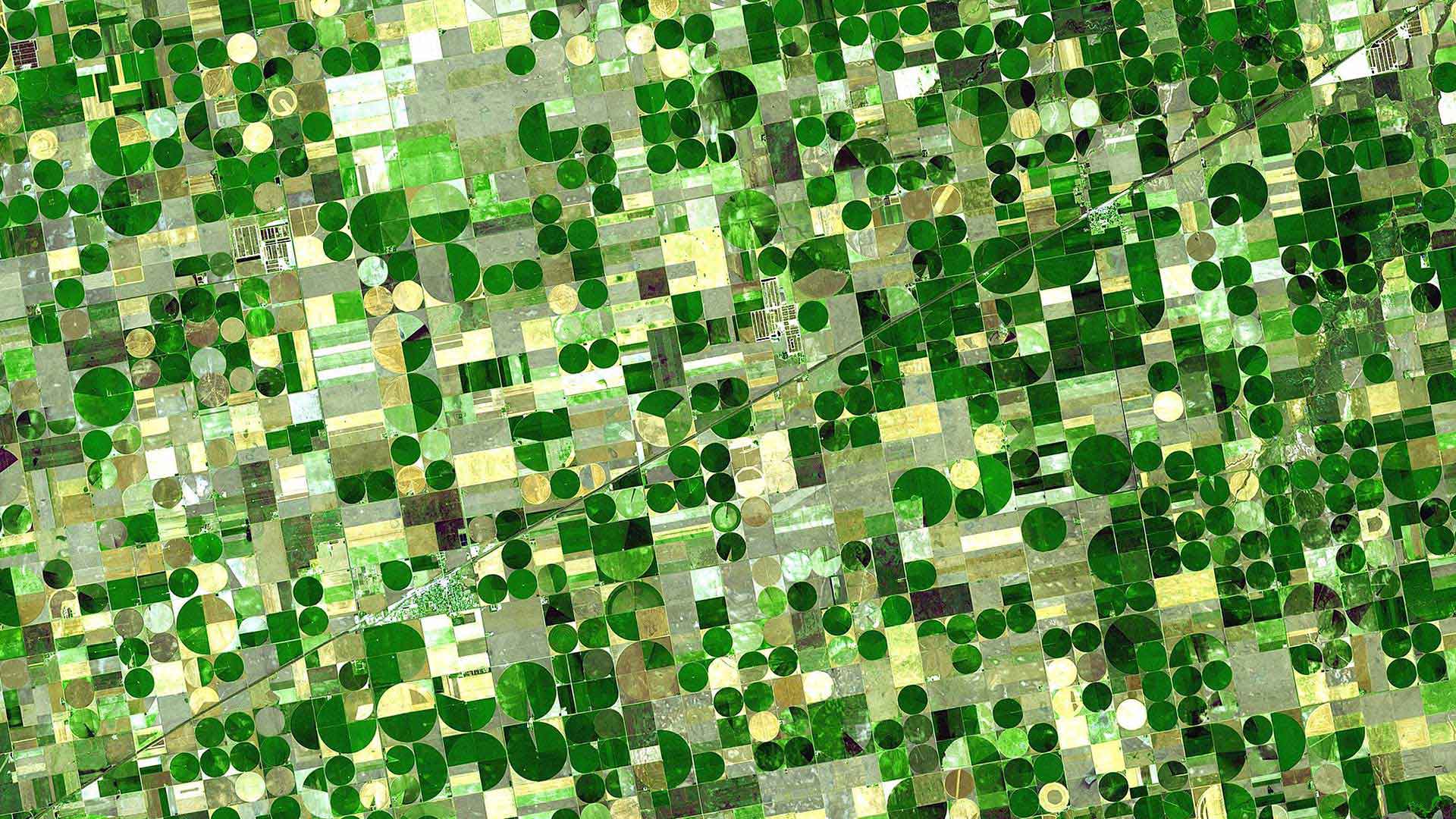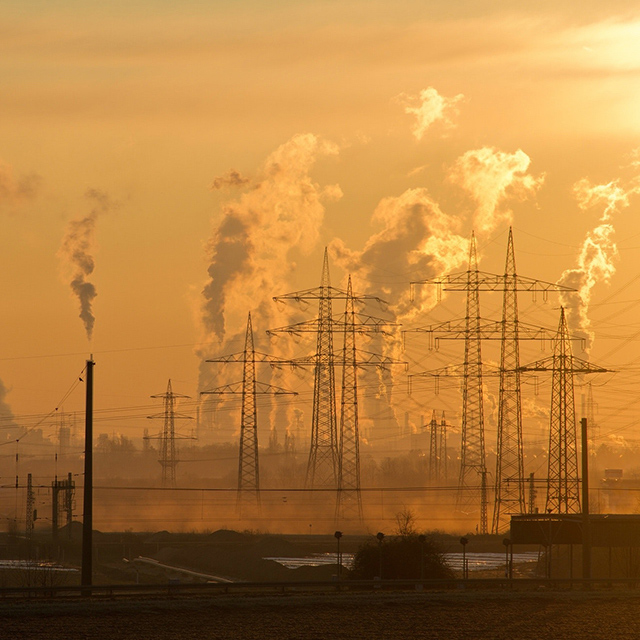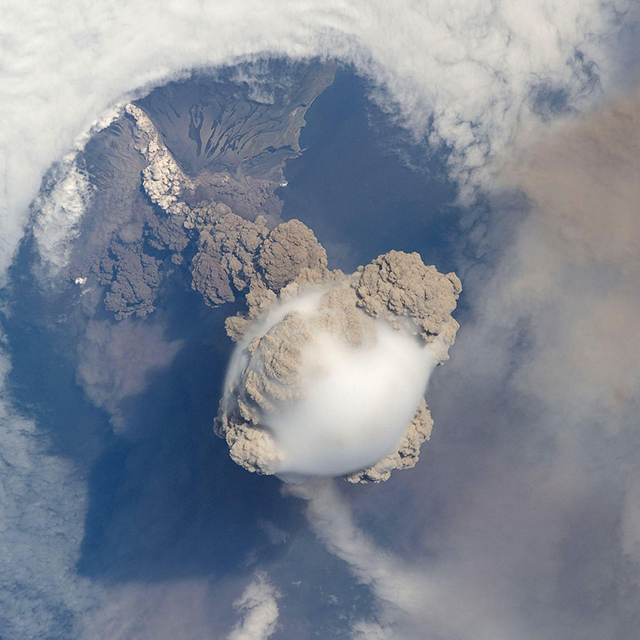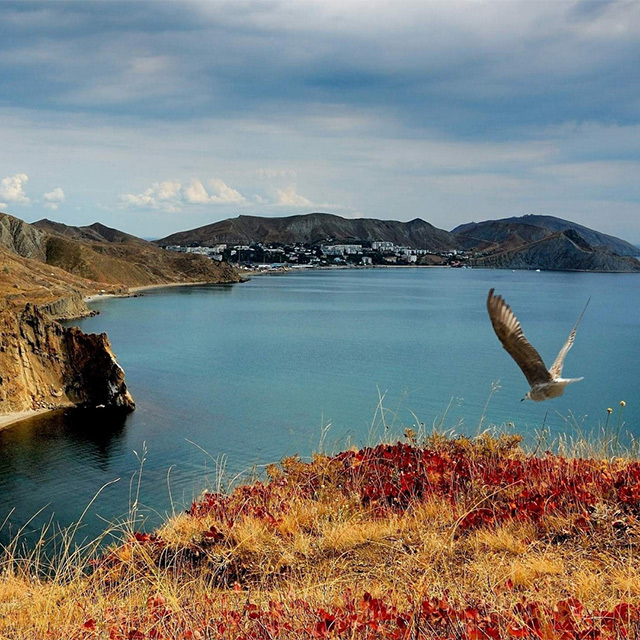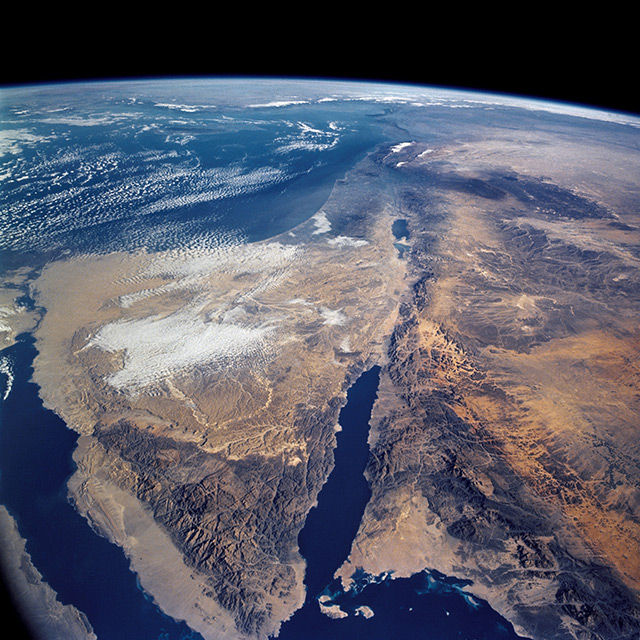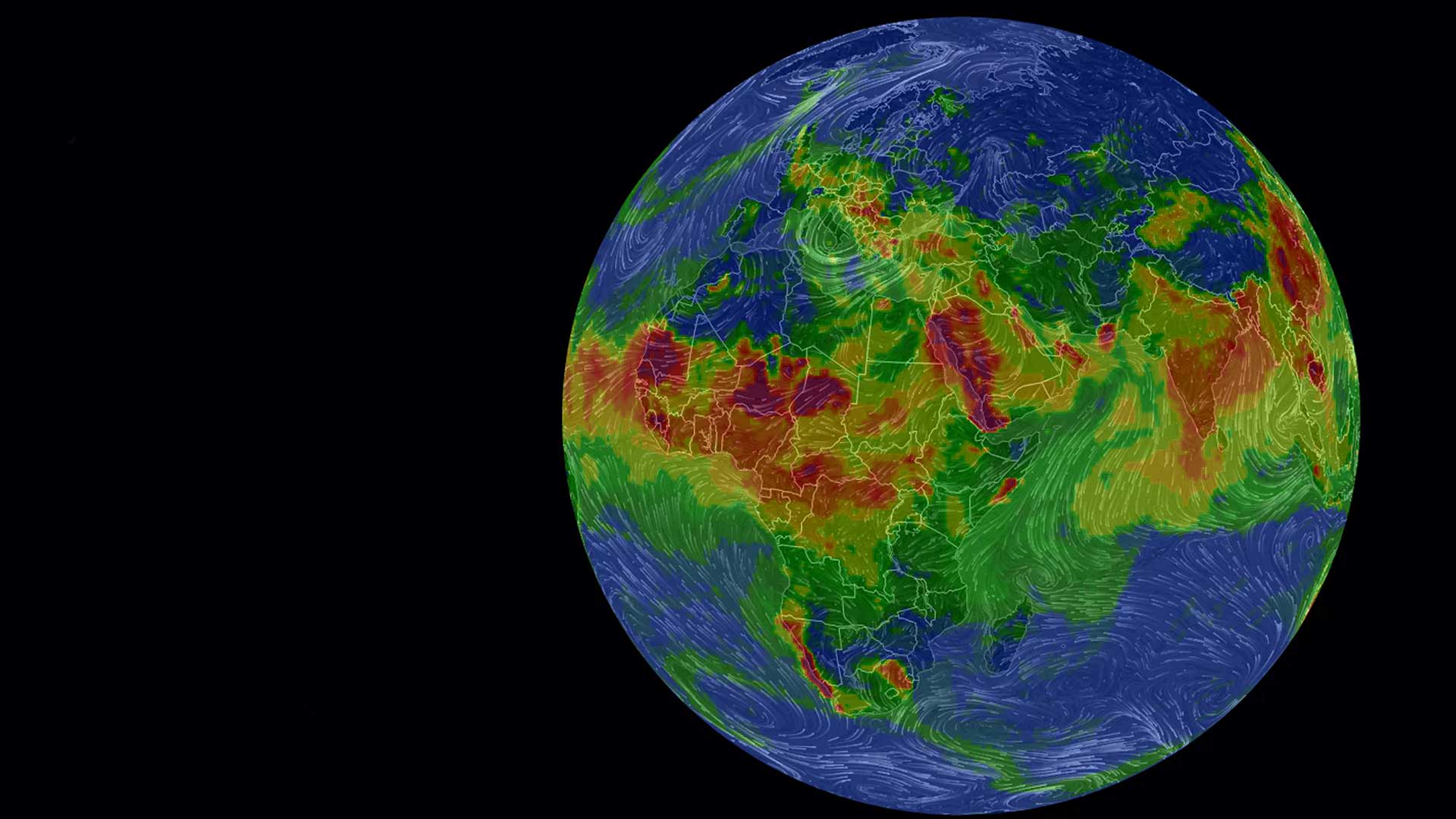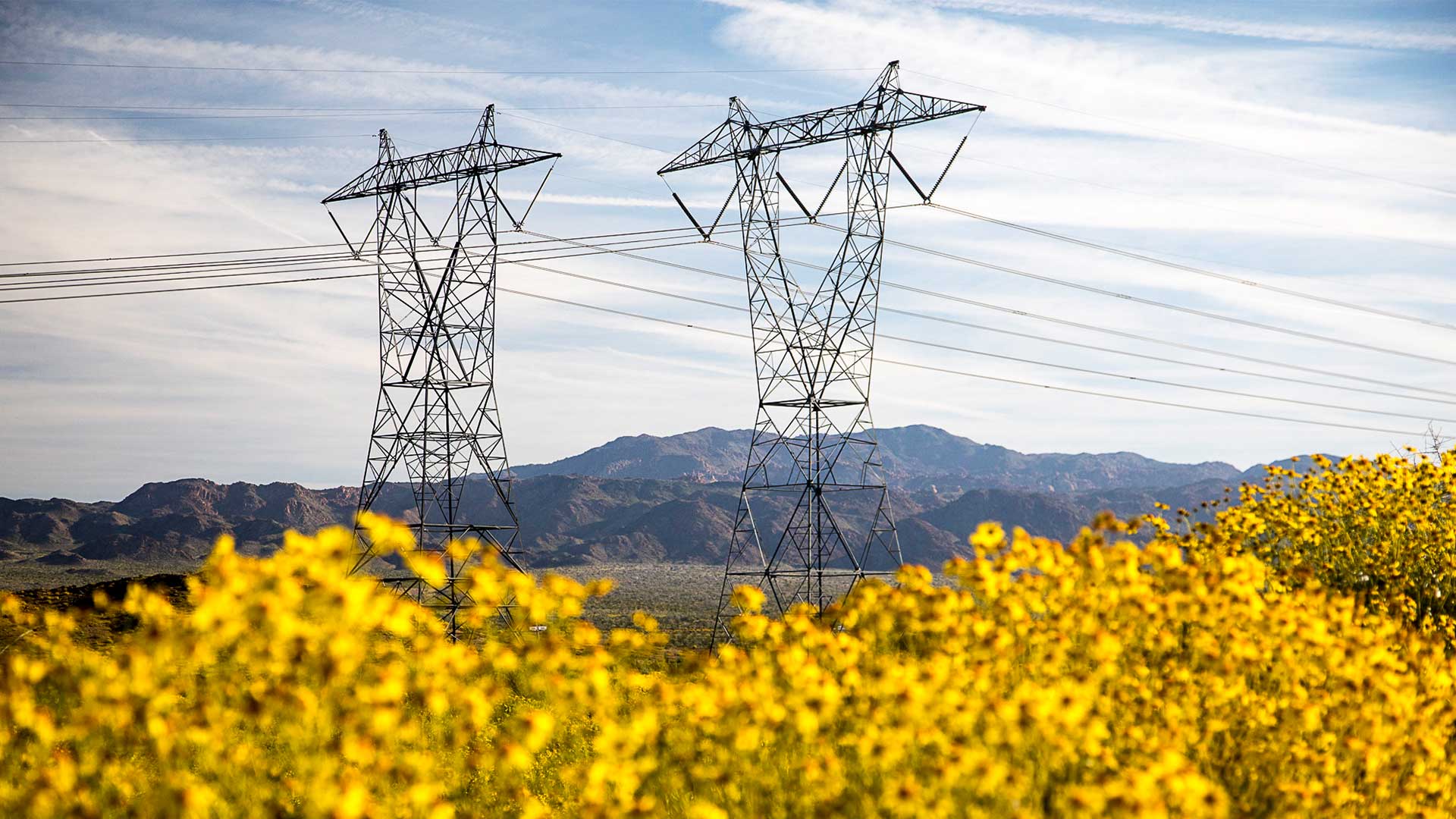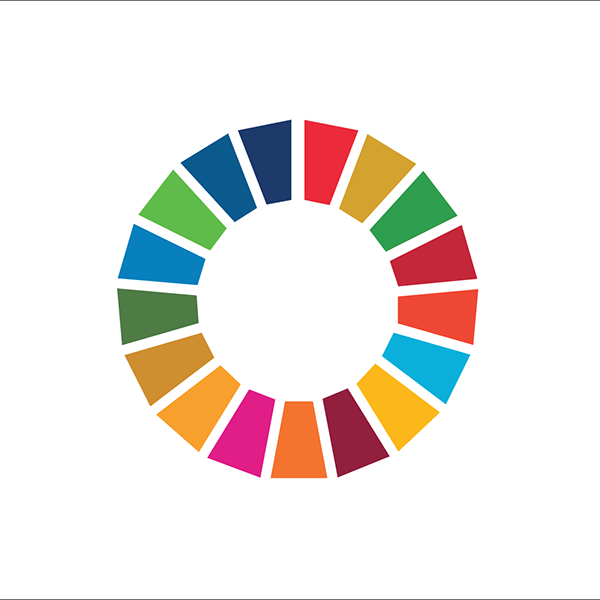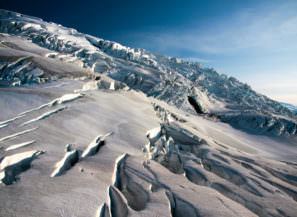A thriving global society relies on the stability of the Earth and its resilience across oceans, forests, waterways, biodiversity, the atmosphere and more. So how do we shape sustainability at a global scale? The boundaries set by the planet’s natural resources, the resilience of those resources, and the human activities that impact sustainability all come into play.
In this massive open online course, see the rapidly evolving trends in global environmental change and the responses aimed at slowing or eliminating these changes. Get an overview of what is seen by some scientists as our current geological epoch – the Anthropocene, or an age of global change driven most significantly by humans. Learn how unsustainable patterns of production, consumption, and population growth have challenge planetary resilience, all in support of human activity – and how our societies can develop in a just and safe way within the planet’s boundaries.
